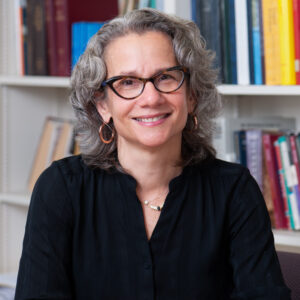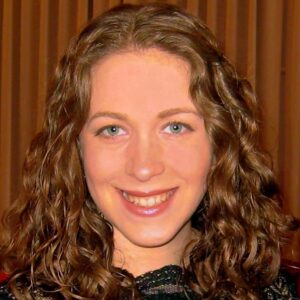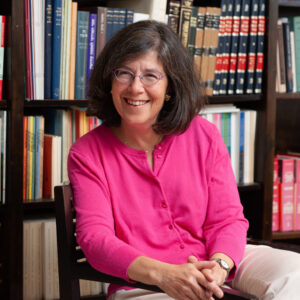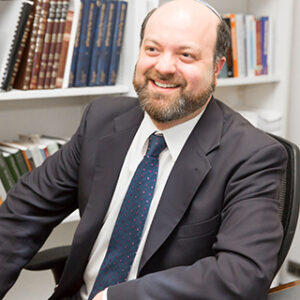
The Sound of No Hands Clapping
Jul 19, 2024 By Marcus Mordecai Schwartz | Commentary | Balak
The Yerushalmi (Jerusalem Talmud) will draw the connection between our parashah and clapping. It states that clapping, particularly when done in anger, is discouraged on Shabbat, and bases the prohibition on Numbers 24:10, where Balak, enraged by Balaam’s blessings instead of curses, claps his hands together in frustration. Balak’s clapping symbolizes a loss of control and submission to anger—actions that go against the peaceful spirit of Shabbat.
Read More
Heroes and Humans
Jul 12, 2024 By Amy Kalmanofsky | Commentary | Hukkat
But Moses also has shortcomings. His initial reluctance when God first approaches him to become Israel’s liberator could indicate cowardice, or worse, a lack of faith (Exod. 4:11–12). Moses also has a temper. He gets angry at the people (Exod. 32:19) and at God (Num. 11:10–15).
Read More
Not for the Sake of Heaven
Jul 5, 2024 By Menachem Creditor | Commentary | Korah
Parashat Korah, a poignant ancient exploration of conflict and leadership, remains frighteningly current. Korah challenges the authority of his cousins, Moses and Aaron, accusing them of elevating themselves above the community they serve. The biblical narrative communicates the palpable tension of contrasting intentions behind this dispute and the qualities that distinguish servant leaders from those whose primary motivations are attention and power.
Read More
The Large Significance of the Littlest Letter
Jun 28, 2024 By Malka Strasberg Edinger | Commentary | Shelah Lekha
Could one tiny letter really be so important? At the beginning of this week’s parashah, as Moshe sends twelve scouts to tour the Land of Canaan, we are told that Moshe changed Joshua’s name from Hoshea to Yehoshua.
Read More
The Journey
Jun 21, 2024 By Jan Uhrbach | Commentary | Beha'alotekha
In other words, the path forward is never clear, and God isn’t a divine GPS. Revelation and faith shape our vision of where we want to go; they offer a compass pointing to true north, orienting us in the general direction of that vision. But to get there, we need maps, road signs, traffic signals, and human guides with a variety of expertise—religious and secular.
Read More
What Blessing Do You Need Now?
Jun 14, 2024 By Andrea Merow | Commentary | Naso
In Parashat Naso we learn the blessing used by so many, called birkat kohanim, the blessing of the priests. Amid our longest parashah, nestled between laws of the Nazirites and final preparations for how to use the Tabernacle, our holy space, God teaches that people can use their words and actions to bless one another, all while noting that our blessings come from The Holy One.
Read More
Becoming Like the Wilderness
Jun 7, 2024 By Eitan Fishbane | Commentary | Bemidbar | Shavuot
With the start of Sefer Bemidbar, the narrative of the Torah turns to the long journey of Benei Yisrael through the wilderness—punishment for the sin of the Golden Calf and preparation for entry into the Land of Israel. Passage into the sacred terrain first requires an arduous ordeal of wandering—a physical process of movement and quest. Penitence, pilgrimage, and transformation are anchored in the space of wilderness.
Read More
The Terrifying Third Aliyah of Behukkotai
May 31, 2024 By Marcus Mordecai Schwartz | Commentary | Behukkotai | Shavuot
Why do we continue to read such horrible curses, and another passage much like it in Parashat Ki Tavo (Deut. 28:1–68), each year? The simplest answer is that we read the entirety of the Torah each year, omitting nothing. However, the Mishnah (Megillah 3:6) already notes something special about the curses of the Leviticus passage: “The section of curses must not be broken up but must all be read by one person.”
Read More


